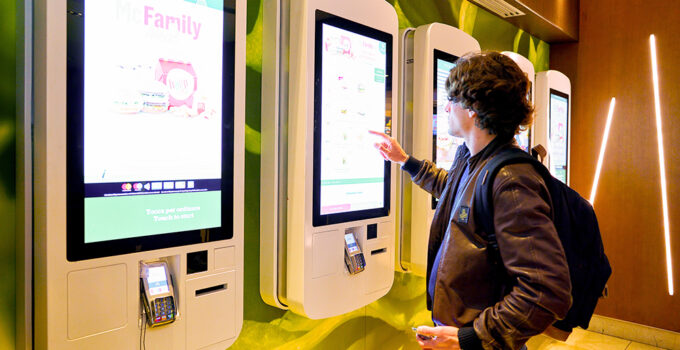As we navigate the digital age, the concept of self-service is becoming increasingly prevalent across various industries. Self-service kiosks, in particular, are revolutionizing the way businesses operate and how customers interact with them. These interactive touch-screen devices allow customers to perform a variety of tasks without the need for human assistance, from ordering food at a restaurant to checking in for a flight at the airport. This shift towards self-service is not just a trend but a significant transformation in customer service, with profound implications for businesses and consumers alike. The rise of self-service kiosks is a testament to the power of technology to improve our lives, and we can expect to see even more exciting developments in the years to come.
Page Contents
Improved Customer Experience
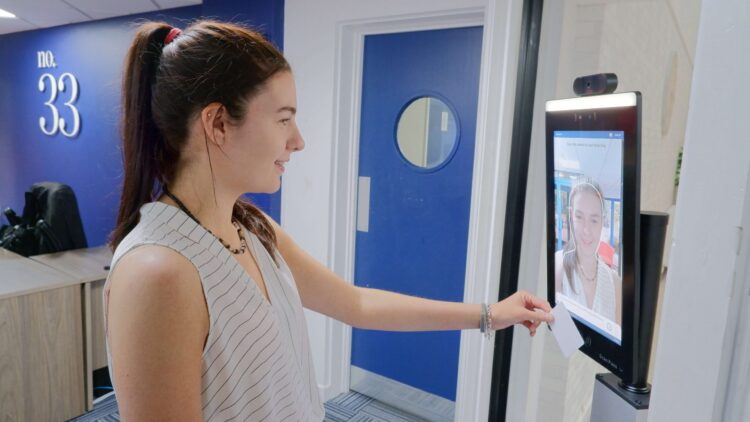
Source: lamasatech.com
One of the most apparent benefits of self-service kiosks is the enhanced customer experience they offer. These kiosks provide convenience and speed, allowing customers to access information or complete transactions at their own pace and without waiting in line. For instance, in a fast-food restaurant, customers can use a kiosk to browse the menu, customize their order, and pay, all in a matter of minutes. This efficient and streamlined process not only saves customers time but also allows them to have a more enjoyable and stress-free experience. The rise of self-service kiosks is a testament to the power of technology to improve our lives, and we can expect to see even more exciting developments in the years to come.
Time and Cost Savings
From a business perspective, self-service kiosks offer significant time and cost-saving benefits. By automating processes that were previously manual, businesses can reduce labor costs and streamline operations. For example, a hotel can use self-service kiosks for check-in and check-out processes, freeing up staff to focus on other tasks and improving overall operational efficiency. Furthermore, these kiosks can operate 24/7, providing continuous service to customers and ensuring that businesses can maximize their potential revenue. The rise of self-service kiosks is a testament to the power of technology to improve our lives, and we can expect to see even more exciting developments in the years to come.
Enhanced Efficiency and Productivity
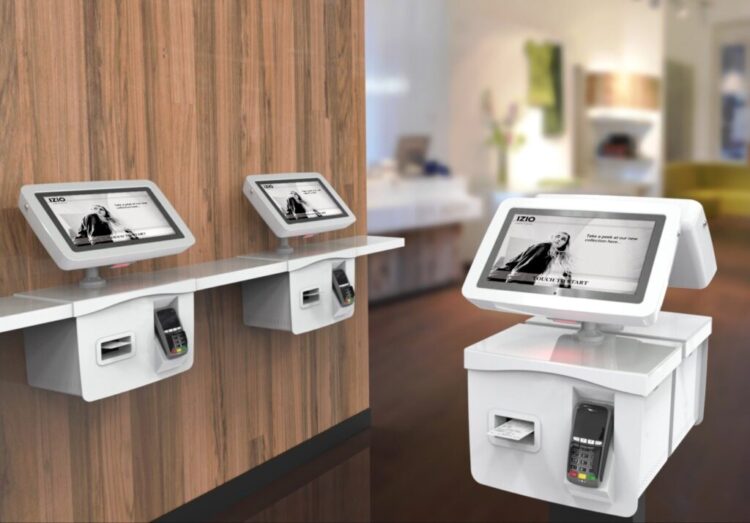
Source: qubeapps.com
Self-service kiosks contribute to increased efficiency and productivity in various service industries. By automating routine tasks, these kiosks can streamline workflows and reduce waiting times for customers. For instance, in a retail setting, self-service kiosks can handle tasks such as product lookup, price checking, and even checkout, reducing the need for staff intervention and allowing customers to complete their shopping more quickly and easily. The rise of self-service kiosks is a testament to the power of technology to improve our lives, and we can expect to see even more exciting developments in the years to come.
Personalization and Customization
Another significant advantage of self service kiosks is their ability to offer personalized experiences for customers. These kiosks can remember customer preferences, suggest products or services based on past purchases, and allow customers to customize their orders to meet their individual needs. This level of personalization not only enhances the customer experience but also helps businesses build stronger relationships with their customers and increase customer loyalty.
Improved Order Accuracy
Self-service kiosks can also improve order accuracy. Traditional manual processes are prone to human error, which can lead to incorrect orders and dissatisfied customers. In contrast, self-service kiosks provide clear and accurate digital interfaces for order placement, minimizing the risk of errors and ensuring that customers receive exactly what they ordered.
Empowering Customers
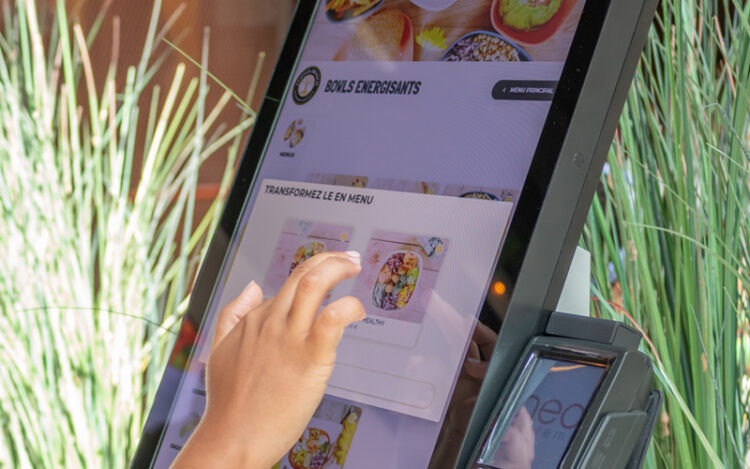
Source: aures.com
Self-service kiosks empower customers by putting control in their hands. Customers can browse at their own pace, make their own choices, and complete transactions without feeling rushed or pressured. This sense of independence and empowerment can enhance the customer experience and lead to higher levels of customer satisfaction.
Integration with Mobile Devices
The integration of self-service kiosks with mobile devices offers additional benefits. Customers can use mobile apps or QR codes to interact with kiosks, making the process even more seamless and convenient. For instance, a customer could order food through a restaurant’s mobile app and then pick it up from a self-service kiosk, saving time and avoiding queues.
Data Collection and Analysis
Self-service kiosks also have significant data collection capabilities. They can track customer behavior, preferences, and trends, providing valuable insights for businesses. This data can be used to improve products and services, tailor marketing strategies, and make informed business decisions.
Data Collection and Analysis
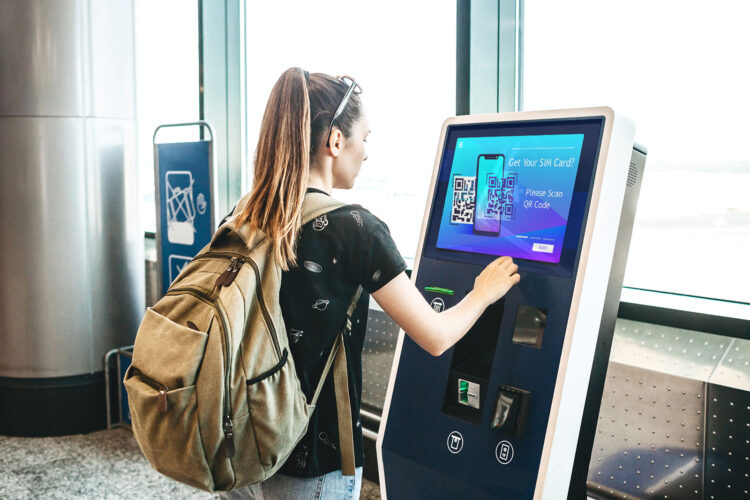
Source: mactrongroup.com
Self-service kiosks also have significant data collection capabilities. They can track customer behavior, preferences, and trends, providing valuable insights for businesses. This data can be used to improve products and services, tailor marketing strategies, and make informed business decisions. Furthermore, this data can be leveraged to predict future customer behavior, allowing businesses to stay ahead of market trends and maintain a competitive edge.
Increased Revenue Opportunities
Self-service kiosks can also increase revenue opportunities for businesses. They can promote additional products or services, suggest add-ons or upgrades, and encourage customers to spend more. This potential for upselling and cross-selling can significantly boost a business’s bottom line. Additionally, by offering a faster, more efficient service, businesses can serve more customers in less time, further increasing their revenue potential.
Accessibility and Inclusivity
Self-service kiosks can improve accessibility and inclusivity for all customers. Features such as multilingual interfaces, adjustable height options, and accessibility for individuals with disabilities ensure that these kiosks can be used by a diverse range of customers. This inclusivity not only enhances the customer experience but also broadens the potential customer base for businesses. By catering to a wider audience, businesses can reach new markets and drive growth.
Future Trends and Innovations
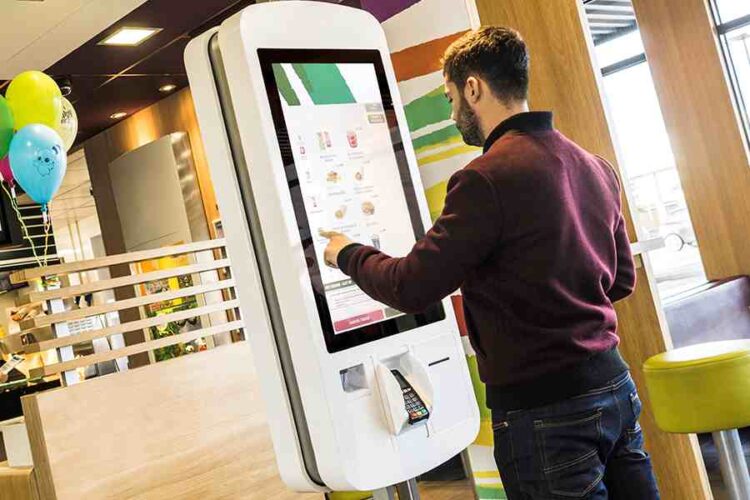
Source: fitsmallbusiness.com
Looking ahead, there are many exciting trends and innovations in self-service kiosk technology. For instance, AI-powered kiosks could provide even more personalized experiences for customers, while integration with virtual assistants could make the user experience even more seamless and intuitive. As technology continues to evolve, the possibilities for self-service kiosks are virtually limitless. These advancements could revolutionize the way we interact with businesses, making our lives even more convenient and efficient.
Conclusion
In conclusion, self-service kiosks offer numerous benefits, from improving customer experience and operational efficiency to increasing revenue opportunities and enhancing accessibility. As we look to the future, it’s clear that self-service will continue to play a vital role in service-oriented industries, transforming the way businesses operate and how customers interact with them. The rise of self-service kiosks is a testament to the power of technology to improve our lives, and we can expect to see even more exciting developments in the years to come.

